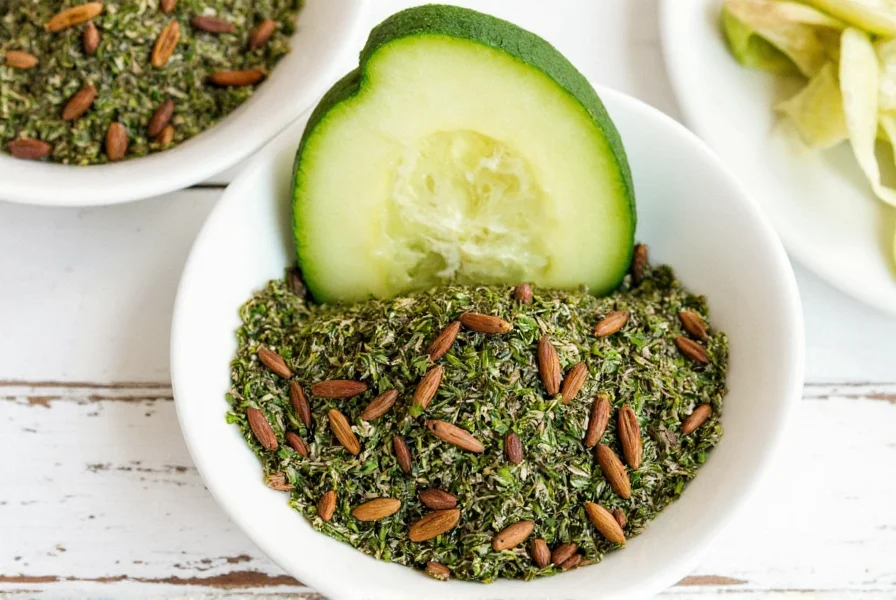The standard dry to fresh herb ratio is 1:3: 1 teaspoon of dried herbs equals 1 tablespoon of fresh herbs. This conversion ensures your dishes are perfectly seasoned without overpowering or blandness.
| Herb | Fresh Equivalent | Dry Equivalent |
|---|---|---|
| Basil | 1 tbsp chopped | 1 tsp |
| Oregano | 1 tbsp chopped | 1 tsp |
| Thyme | 1 tbsp chopped | 1 tsp |
| Rosemary | 1 tbsp minced | ½ tsp |
| Sage | 1 tbsp chopped | ¾ tsp |
| Dill | 1 tbsp chopped | ¾ tsp |
Fresh herbs are vibrant and delicate, best added at the end of cooking. Dried herbs are concentrated and ideal for long-cooked dishes. This 1:3 ratio accounts for moisture loss during drying while preserving essential oils.
Top 7 Substitution Tips
- Add dried herbs early in soups or stews to rehydrate fully
- Start with less dried herb and adjust after tasting
- Crush dried herbs between fingers before use to release oils
- Use fats (oil/butter) to extract dried herb flavors
- Never substitute delicate herbs like parsley or chives with dried versions
- Store dried herbs in airtight containers away from light
- Replace old herbs when color fades or aroma weakens
When to Use Each Type
Use Fresh Herbs For:
- Uncooked dishes (salsas, dressings)
- Garnishes and visual appeal
- Quick-cooking recipes (stir-fries, scrambled eggs)
Use Dried Herbs For:
- Slow-cooked meals (braises, stocks)
- Spice blends and rubs
- Baked goods (focaccia, savory scones)
Buying Guide
Fresh Herbs:
- Look: Vibrant color, no wilting
- Smell: Strong aromatic scent
- Feel: Firm, springy leaves
Dried Herbs:
- Color: Rich and true to original hue
- Aroma: Strong when crushed
- Storage: Airtight containers away from heat
Frequently Asked Questions
What is the standard dry to fresh herb ratio?
The standard ratio is 1 teaspoon dried = 1 tablespoon fresh (1:3). This accounts for flavor concentration during drying while removing moisture.
Why do dried herbs need less quantity?
Dried herbs have concentrated essential oils and 80-90% less water than fresh, making them more potent. Using equal amounts would overpower dishes.
Which herbs don't follow the 1:3 rule?
Rosemary uses a 1:2 ratio (½ tsp dried = 1 tbsp fresh). Delicate herbs like parsley and chives lose flavor when dried and shouldn't be substituted.
How to store fresh herbs longer?
Trim stems, place in water like flowers, cover loosely with plastic, and refrigerate. Basil prefers room temperature.
How to tell if dried herbs are stale?
Faded color and weak aroma indicate loss of potency. Replace after 6-12 months for peak flavor.
Pro Tip: Always taste as you cook! The perfect herb balance depends on your personal preference and the dish's specific needs.











 浙公网安备
33010002000092号
浙公网安备
33010002000092号 浙B2-20120091-4
浙B2-20120091-4